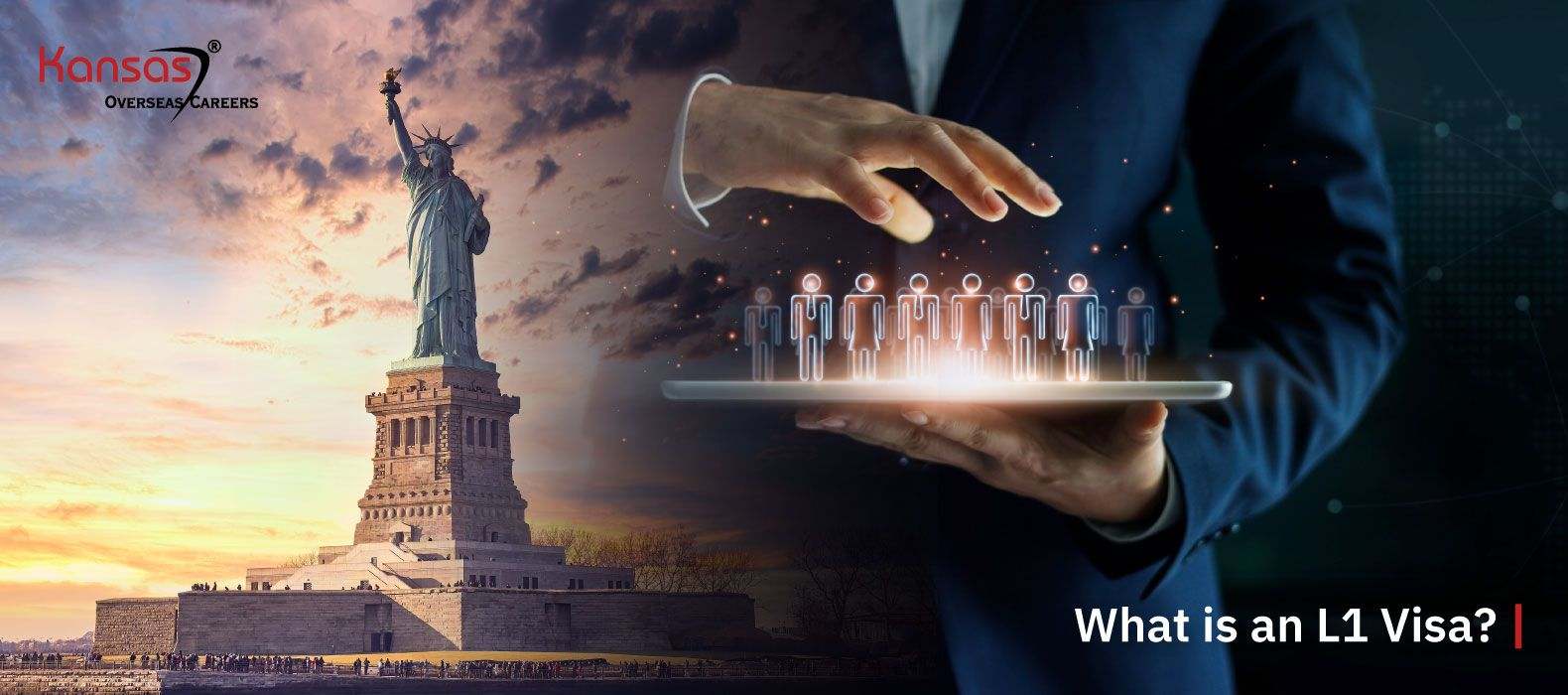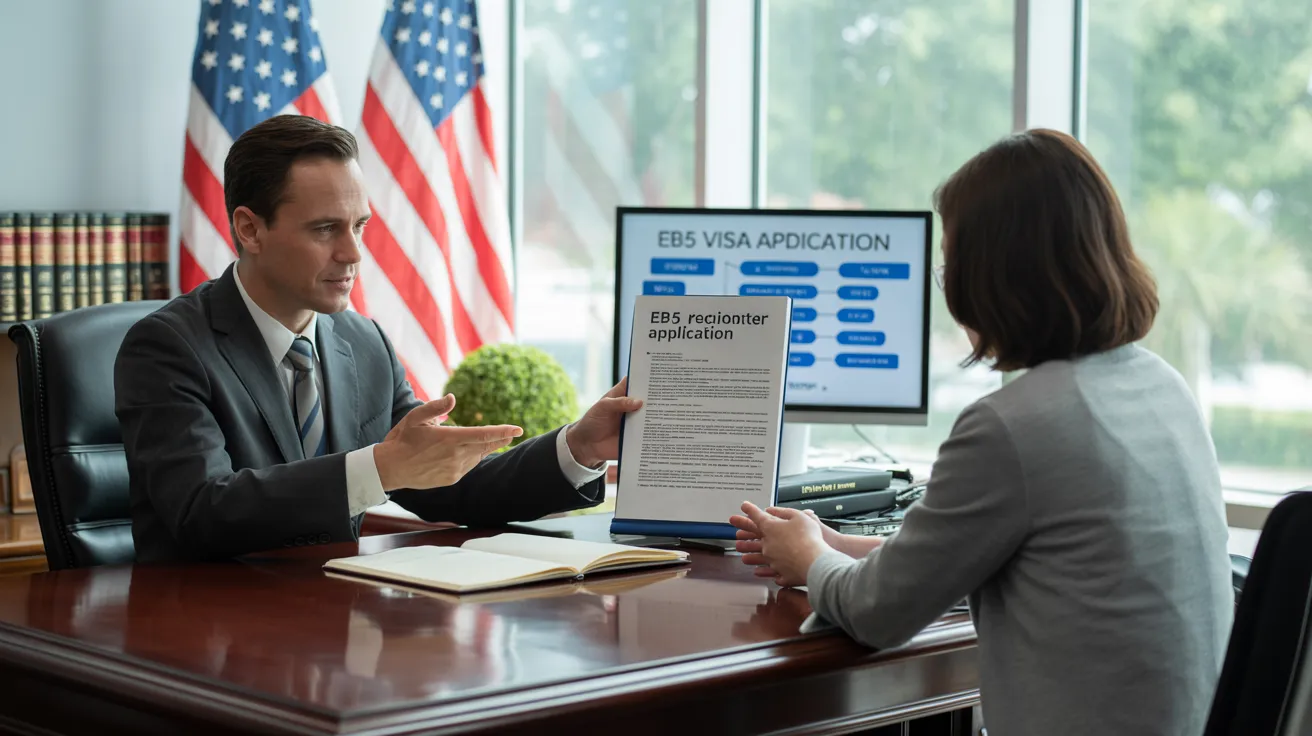L1 Visa Fundamentals Explained
Table of ContentsHow L1 Visa can Save You Time, Stress, and Money.L1 Visa for Dummies6 Easy Facts About L1 Visa ShownL1 Visa Fundamentals ExplainedRumored Buzz on L1 VisaThe Main Principles Of L1 Visa
Available from ProQuest Dissertations & Theses Global; Social Scientific Research Costs Collection. (2074816399). (PDF). Congress. (PDF). DHS Office of the Inspector General. (PDF). (PDF). "Nonimmigrant Visa Stats". Recovered 2023-03-26. Department of Homeland Security Office of the Examiner General, "Evaluation of Vulnerabilities and Possible Misuses of the L-1 Visa Program," "A Mainframe-Size Visa Technicality".
U.S. Department of State. Obtained 2023-02-08. Tamen, Joan Fleischer (August 10, 2013).
Little Known Facts About L1 Visa.
In order to be qualified for the L-1 visa, the foreign firm abroad where the Recipient was used and the United state business have to have a qualifying partnership at the time of the transfer. The various kinds of qualifying relationships are: 1.
Firm An owns 100% of the shares of Company B.Company A is the Parent and Business B is a subsidiary. There is a qualifying connection in between the 2 companies and Firm B need to be able to fund the Recipient.
Instance 2: Business A is incorporated in the united state and intends to request the Beneficiary. Company B is included in Indonesia and uses the Recipient. Company A has 40% of Company B. The staying 60% is owned and controlled by Business C, which has no relationship to Company A.Since Business A and B do not have a parent-subsidiary relationship, Business A can not fund the Beneficiary for L-1.
Firm A has 40% of Business B. The continuing to be 60% is owned by Business C, which has no relation to Company A. Nevertheless, Firm A, by formal agreement, controls and complete handles Business B.Since Company A possesses much less than 50% of Business B yet manages and controls the firm, there is a certifying parent-subsidiary connection and Business A can sponsor the Recipient for L-1.
L1 Visa - An Overview
Affiliate: An associate is 1 of 2 subsidiaries thar are both had and regulated by the exact same moms and dad or individual, or possessed and managed by the very same group of people, in basically the same proportions. a. Instance 1: Company A is integrated in Ghana and employs the Recipient. Company B is included in the U.S.
Firm C, also incorporated in Ghana, owns 100% of Firm A and 100% of Firm B.Therefore, Firm A and Firm B are "associates" or sister firms and a qualifying connection exists in between both companies. Company B must have the ability to fund the Recipient. b. Instance 2: Business A is integrated in the U.S.
Company A is 60% owned by Mrs. Smith, 20% possessed by Mr. Doe, and 20% possessed by Ms. Brown. Firm B is get started integrated in Colombia and presently uses the Beneficiary. Business B is 65% possessed by Mrs. Smith, 15% possessed by Mr. Doe, and 20% possessed by Ms. Brown. Business A and Business B are affiliates and have a qualifying connection in find out more two different methods: Mrs.
The L-1 visa is an employment-based visa classification developed by Congress in 1970, enabling multinational companies to transfer their managers, execs, or essential employees to their U.S. operations. It is commonly referred to as the intracompany transferee visa.

Furthermore, the beneficiary must have functioned in a supervisory, executive, or specialized worker placement for one year within the three years coming before the L-1A application in the foreign business. For new office applications, foreign work must have remained in a supervisory or executive capability if the beneficiary is concerning the United States to function as a supervisor or executive.
The Definitive Guide for L1 Visa

If granted for an U.S. business operational for greater than one year, the initial L-1B visa is for as much as 3 years and can be expanded for an added 2 years (L1 Visa). Alternatively, if the U.S. company is freshly developed or has been operational for less than one year, the first L-1B visa is issued for one year, with extensions offered in two-year increments
The L-1 visa is an employment-based visa category developed by Congress in 1970, enabling international firms to move their managers, execs, or crucial employees to their United state procedures. It is typically referred to as the intracompany transferee visa.
Fascination About L1 Visa
Additionally, the beneficiary should have worked in a supervisory, executive, or specialized employee position for one year within the three years preceding the L-1A application in the foreign business. For new workplace applications, international work must have been in a find out more managerial or executive capacity if the recipient is concerning the USA to function as a supervisor or executive.
for up to seven years to oversee the operations of the U.S. associate as an exec or manager. If released for an U.S. business that has been functional for greater than one year, the L-1A visa is originally given for as much as three years and can be extended in two-year increments.
If approved for a united state company operational for even more than one year, the initial L-1B visa is for approximately three years and can be extended for an extra two years. Conversely, if the united state business is recently established or has been operational for less than one year, the first L-1B visa is provided for one year, with expansions offered in two-year increments.